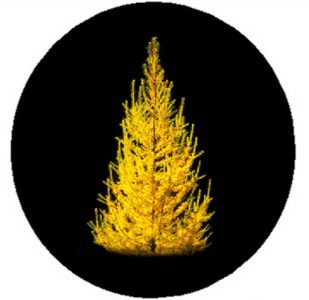
While growing up, I had the peculiar habit of just watching and wondering. Then I discovered philosophy at St. Olaf College. I had found a home for my enjoyment of inquiry. But armchair western philosophy seemed to rest on ideas alone, without experiential validation. What could I do with it?
Life intervened. I finished at the University of Minnesota in education and started teaching high school in Montana. Eventually, with a masters from Montana State University, I counseled, taught photography, and an experiential class in awareness until retiring.
But I still felt the need to do something with inquiry. In Eastern philosophy, I found traditions with thousands of year’s experience, and their approaches always included meditation. So I started Transcendental Meditation in the early 70s, a good way to begin but I was not diligent. Upon retirement in the late 80s, I wanted to develop a solid foundation in meditation and entered the graduate school in Yoga Science & Philosophy at the Himalayan Institute. I continued there for 14 years as photographer for Yoga International including 2 years in various ashrams in India, many Buddhist, Vipassana, Zen, and Goenka retreats, hundreds of darshans, lectures, and much study.
As a perpetual student, I believe real learning comes through discovery. And synthesis is my favored way of working with ideas, which means discovering what is integral and common to various processes in meditation. Whenever I look at the more esoteric levels of traditions, their similarities become more apparent. My training is primarily in yoga, which has much in common with Buddhist practices, and commonality is also seen with Sufism and Christian contemplation.
I found many wonderful pointers about practice. Unfortunately, they were scattered everywhere and often buried under an excess of words. Meditation is a long process measured in decades, which doesn’t give us much time for finding necessary help. My plan, which started thirty years ago, was to take the best meditation suggestions from all the traditions and make the teachings more accessible.
The first time I saw the sadhus in India, my attention was jolted. Who were these people? How did they come to take such an unusual and serious-minded approach to their lives? I had to see the contemplative life in action before it became a reality for me. From Sociology and Anthropology, I learned to take the role of participant-observer and I became a yoga student peering from behind a camera. My teacher said that I would meet many saints and sages, and so I did. Eventually I grasped the meditative lifestyle, or it grabbed me with possibilities for my own life, not necessarily in India, but maybe adapting it for living in the West.
